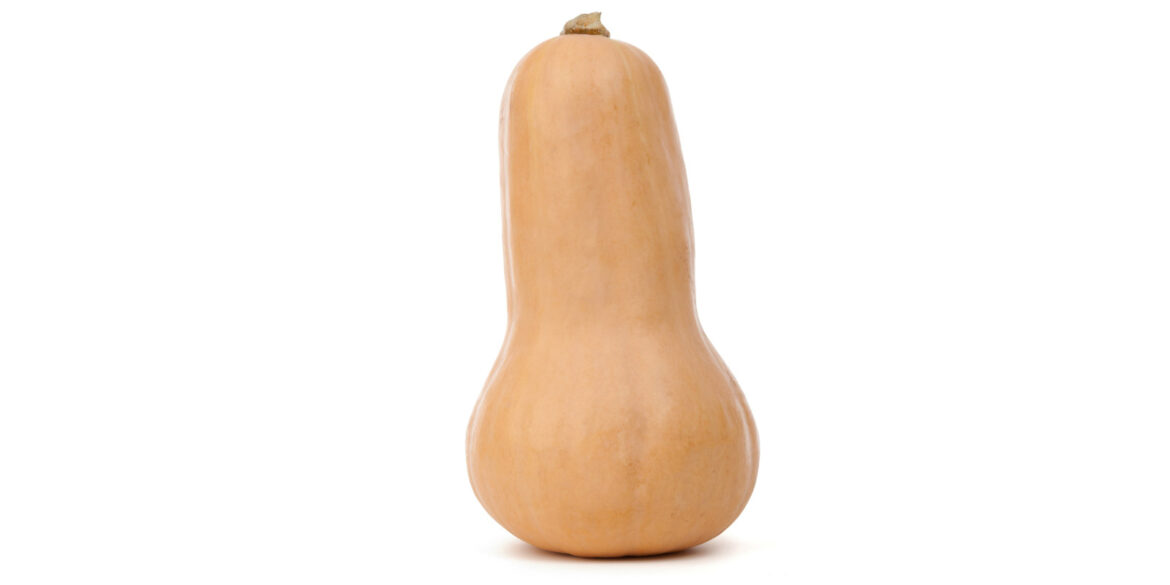Where to Grow Squash
Squash is a warm-season crop, very tender to frost and light freezes. Plan an average of 2 winter plants per person and two summer plants per 4-6 people. Summer squash can be grown almost anywhere, as the vines develop quickly. Harvest begins in 2 months. Winter squash requires a longer growing season and more garden space for sprawling plants. They generally do not tend to thrive in hot, dry regions where there is a limited water supply.
Recommended Varieties of Squash
Summer – Zucchini Elite, Seneca Prolific (yellow), White Bush Scallop and Patty Pan, Gold Neck Hybrid.
Winter – Waltham Butternut, Buttercup, Golden Delicious, Hubbard, Table King (acorn).
Soil for Growing Squash
A light, fertile soil deeply enriched with well-rotted manure and compost to retain soil moisture, or with a well-balanced fertilizer before planting; squash are heavy feeders. In boron deficient soils, add 1 teaspoon of borax per plant.
Planting Squash
When –
When the soil is warm and the air temperature settled. Squash are susceptible to frost and cool weather. If the growing season is very short, seed can be started indoors in peat pots for transplanting outdoors 6 weeks later. Use peat pots with the bottom removed; squash does not like to have their taproot disturbed. It is best to transplant before the roots wrap around the pot. For direct sowing wait until the soil temperature is about 60 degrees, or until roses are in bud and lilacs are in bloom.
How
The hill method is simplest since the soil can be deeply prepared for each hill before planting. To prepare, dig 18″ deep holes, fill partly with well-rotted manure and/or compost; complete filling with a mixture of soil and compost. Winter squash does not transplant well but can be sown inside in individual pots to minimize root disturbance.
Traditionally 6-8 seeds are placed 1″ deep in each hole; when seedlings reach 3 inches, thin to two seedlings. Summer squash hills should be placed 3 feet apart each way; plant 6 or 7 seeds per hill and thin to the 3 strongest seedlings when the plants are 3 inches high. Or the seeds can be planted sparingly in rows three feet apart and thinned to 2 feet apart. Winter squash hills should be placed 6-8 feet apart each way; thin to the strongest 3 plants when the seedlings are 3 inches high.
How Squash Grows
Squash are spreading, vine-like plants with wiry, curly tendrils. Summer squash are more compact growing types called “bush”. The leaves are large, shaped somewhat like a maple leaf. The five-petaled squash flowers are very beautiful, with their yellow-orange colors. Soon after the flowers wilt, the squash fruit starts to develop. Summer squash ripen in several days; winter squash take much longer to fully develop.
| Temperature | |
| Germination | 70 - 95F |
| For growth | 65 - 75 F |
| Soil and Water | |
| Fertilizer | Heavy feeder, apply lots of compost, high N. |
| Side-dressing | Apply compost mid-season. |
| pH | 6.0 - 7.5 |
| Water | Heavy |
| Measurements | |
| Seed Planting Depth | 1/2 - 1" |
| Root Depth | 18" - 6' |
| Height (Summer Squash) | 30 - 40" |
| Height (Winter Squash) | 12 - 15" |
| Width | 4 square feet, vines take 12 - 16 square feet each. |
| Space between plants | |
| In Beds | 12 - 18" |
| In Rows | 24 - 28" |
| Space Between Rows | 36 - 60" |
| Average plants per person | 2 - 4 |
| Harvest | |
| Cut all fruit except hubbard types with a 1" stem. Don't ever lift squash by the stem. Treat even those with hard skins gently to prevent bruising. Summer - cut before 8" long, when skin is still soft, and before seeds ripen. Patty pan - Cut when 1-4" in diameter and the skin is soft enough to break with a finger. Winter - cut when the skin is hard and not easily punctured, usually after the first frost has killed the leaves and the vine begins to die back but before the first hard frost. | |
| First Seed Starting Date: | 14 - 28 days before last frost date |
| Last Seed Starting Date: | 71 - 81 Days before first frost date (summer squash) 111 - 141 Days before first frost date (winter squash) |
| Companions | |
| Companions | All beans, all brassicas, celery, onion, peas |
| Incompatibles | potato, pumpkin (cross pollinates) |
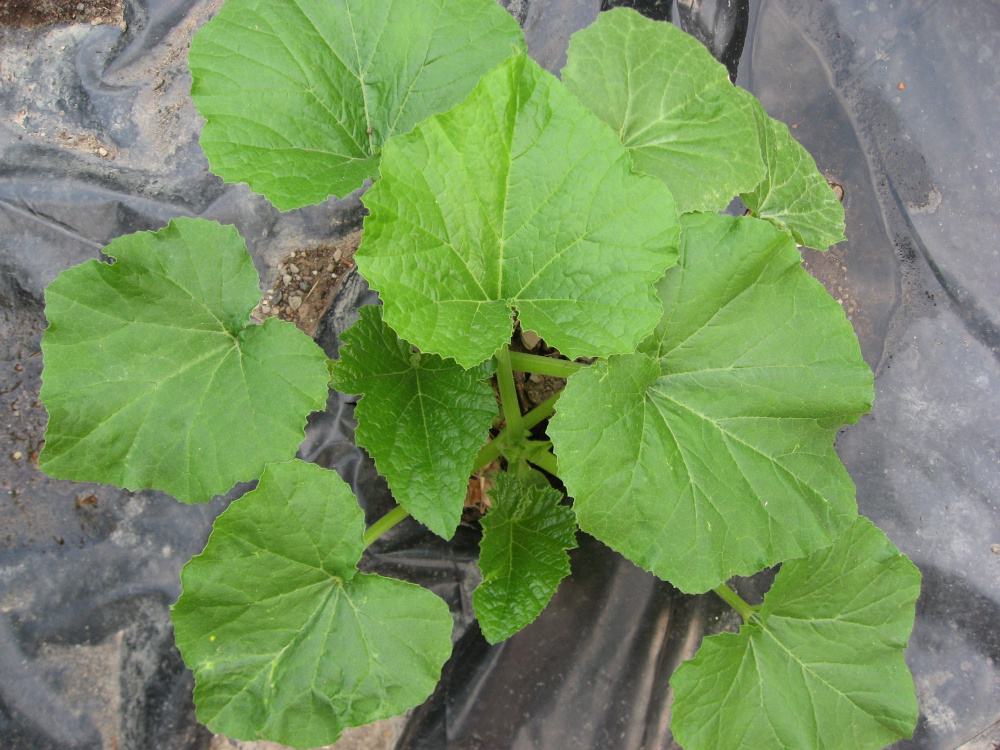
Cultivating Squash
The squash area should be kept free of weeds while the plants are young. Black-plastic or very heavy mulch is practical for such spreading vine plants, as weeding is difficult. Feed twice, immediately after thinning to the strongest 3 seedlings, and again just before the vines start to “run”. The plants must have adequate moisture all through the growing season. Note: The popular notation that squash and melon cross-pollinate each other is a fallacy, although they can cross-pollinate with other plants such as pumpkin.
Raise fruits off the ground to prevent rot. Use an A-frame trellis to grow vines upright. Fabric row covers can boost and prolong yields. In cooler climates, keep row covers on all season long; when female (fruit) blossoms open, lift the cover for 2 hours in the early morning twice a week to ensure bee pollination, which is essential. To keep vines short for row covers, pinch back the end, choose the best blossoms, and permit only 4 fruits per vine.
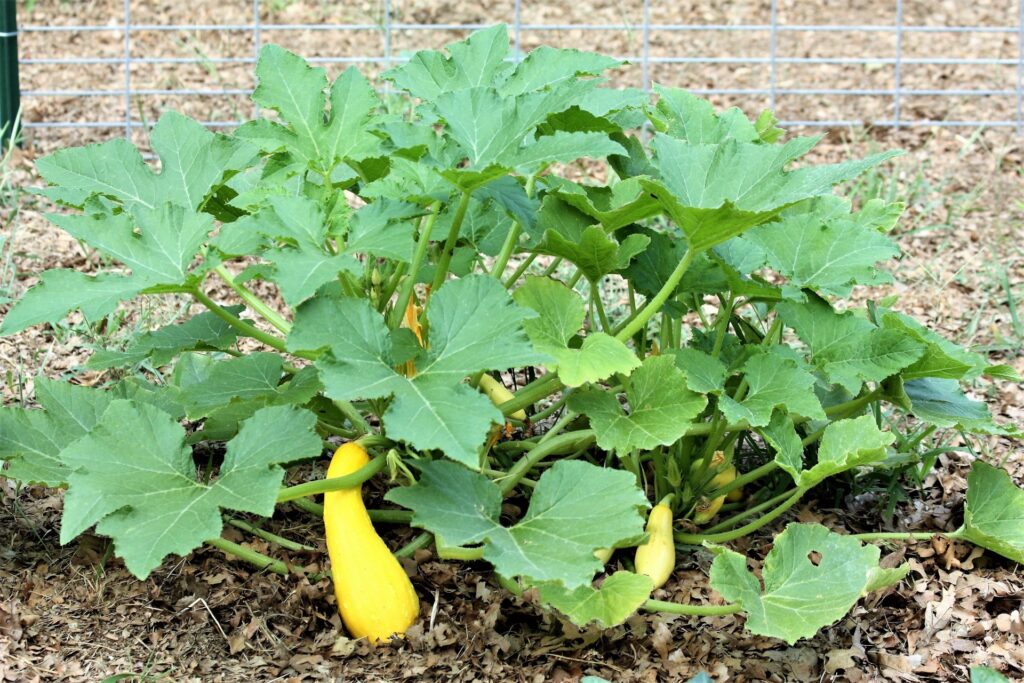
Summer Squash 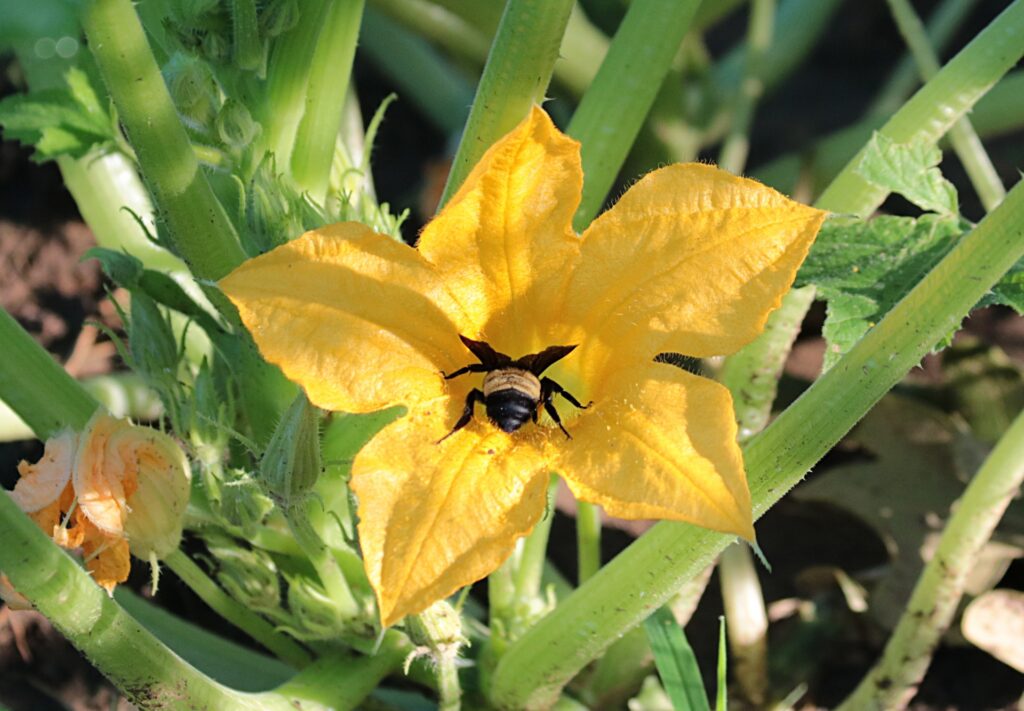
Bumble bee pollinating squash flower 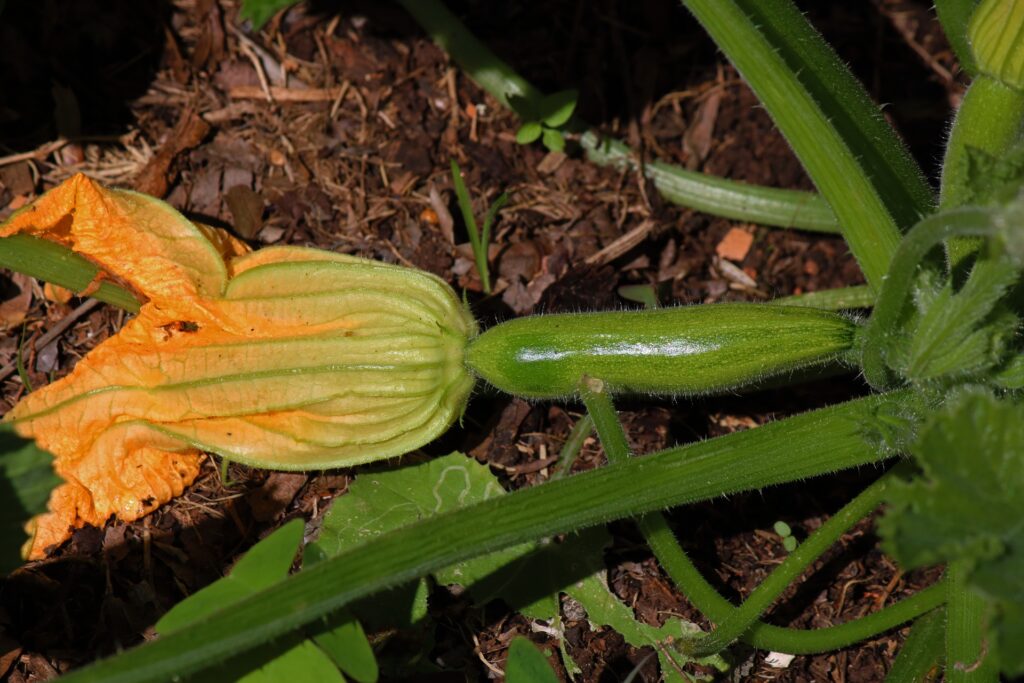
Small squash after pollenation
| Storage Requirements | ||
|---|---|---|
| Storage requirements: Summer squash can be stored in the refrigerator for up to 1 week; don't wash them until you are ready to use them. They can also be frozen, pickled or dried. Cure winter squashes in a dark, humid place for 10 days at 77-86F; then store them at 50-59F in a moderately dry dark place for 5-6 months. Store only the best fruit. Don't allow fruit to touch. Wipe moldy fruit with a vegetable oiled cloth. They can also be frozen or dried. |
||
| Fresh | ||
| Temperature | Humidity | Storage Life |
| 50 - 60F | 60 - 70% | 4 - 6 months (winter squash) |
| Preserved | ||
| Method | Taste | Shelf Life |
| Canned | Fair | 12+ months |
| Frozen | Good | 8 - 12 months |
| Dried | Fair | 12+ months |
Harvesting Squash
Summer – 60-70 days. These squash are picked immature before they are fully formed. The skin should be soft and tender, otherwise the squash will be overripe and of poor quality. Check squash plants almost daily when they start to flower, as the fruit will develop in 2 or 3 days in hot growing weather. The vines must be kept picked or the plants will stop producing.
Winter – 90-120 days. When the stems turn a light green-yellow color, the squash should be fully ripe. The rind will be thick and tough. Cut, do not pull, the ripe fruit from the plant. Two to three inches of stem must remain for proper storing. This may increase the sugar content.
Winter squash can also be picked before maturity and can be eaten whole, just like the summer squash varieties. It has been said that rubbing winter squash with oil will help them last for several months.
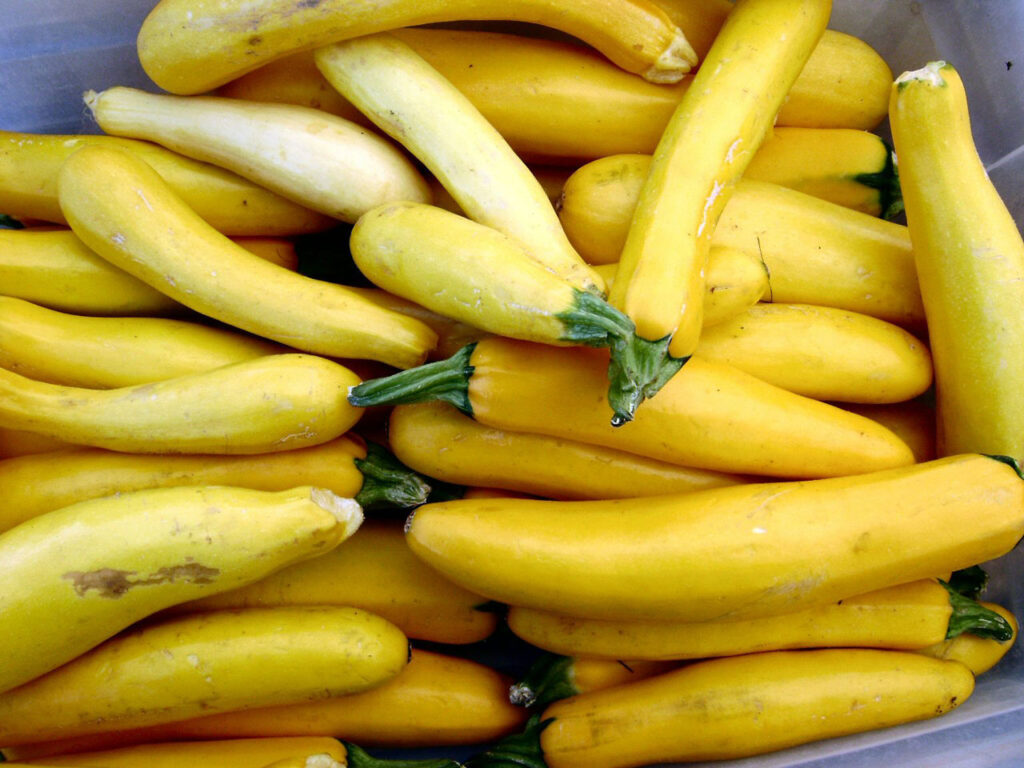
Summer Squash 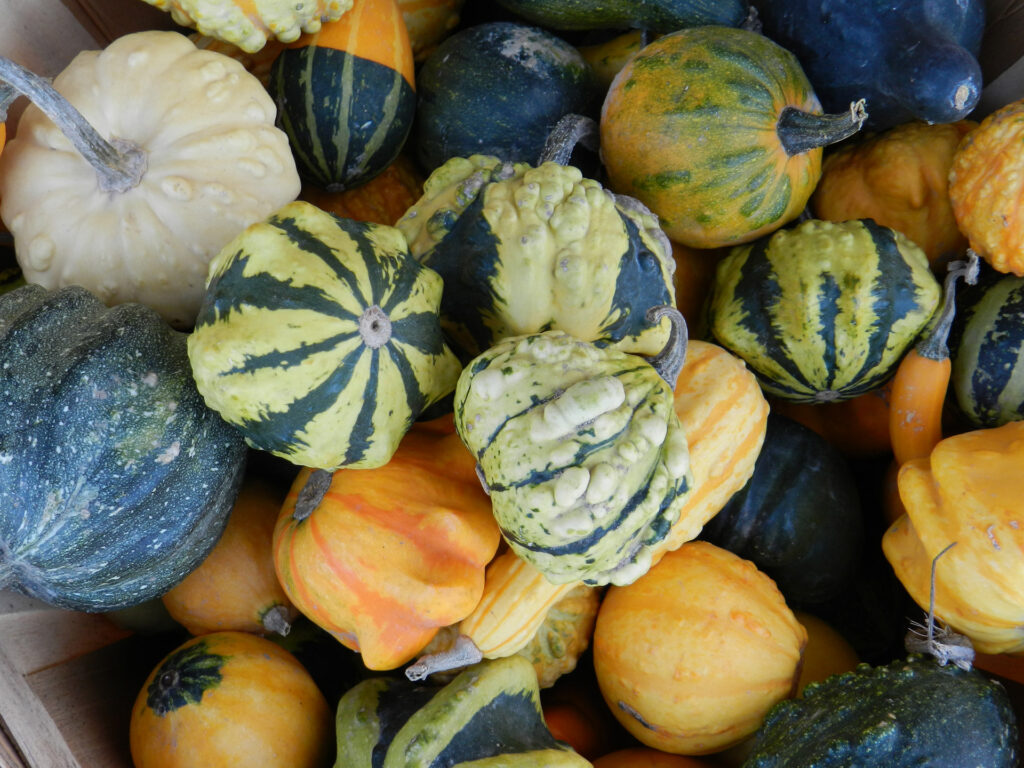
Decorative squashes 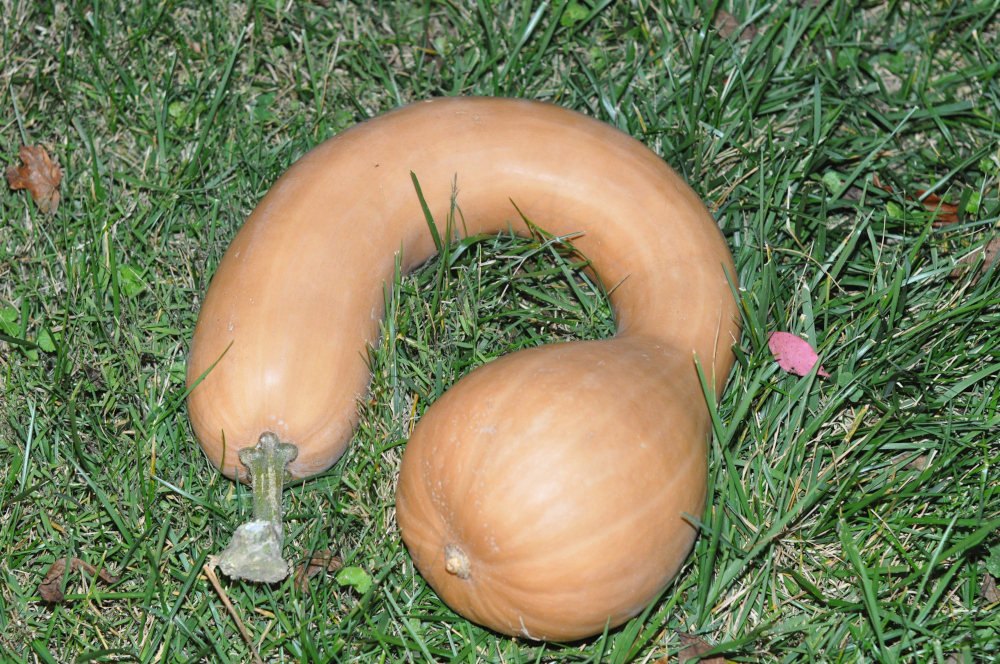
Butternut Squash
Squash Pests
- Squash bug – Pick the red-brown egg clusters when seen or use pyrethrum or rotenone. The insects can be trapped under boards set out at night and the pests destroyed in the morning.
- Squash vine borer – Undetected until a vine suddenly wilts, in tunnels into the stem. The entry hole can usually be noted by the presence of excrement. Cut into the stem with a razor to kill the borer, then cover the split vines with moist dirt so it can reroot and continue growing.
Squash Diseases
None of major importance.
